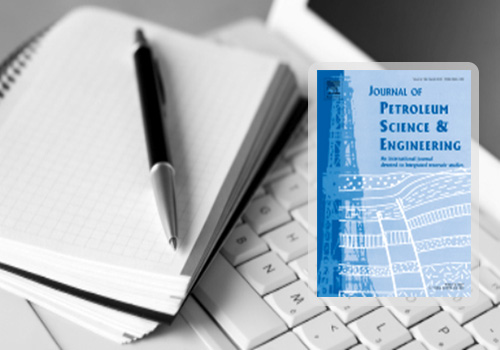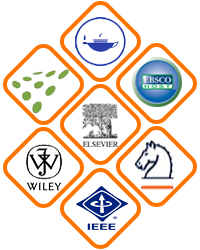کنسرسيوم دانشگاهيان و متخصصان ايران
کنسرسيوم ايرکاس | آموزش مجازي | دوره هاي تخصصي |مدرک معتبر| مدرک بين المللي | دوره هاي حضوري| جامعه مهندسي | جامعه پزشکان | متخصصان ايران
آموزش تعمير تجهيزات پزشکي
آموزش تعمير تجهيزات پزشکي
انجمن مهندسي پزشکي
دوره هاي آموزشي پر درآمد
آموزش بازسي جوش
آموزش پايپينگ
انجمن مهندسي مکانيک
دوره آموزشي تعميرات
آموزش تعميرات تجهيزات دندانپزشکي
آموزش تعمير تجهيزات بيمارستاني
آموزش تعمير تجهيزات تصوير برداري
آموزش مجازي
صدور گواهي نامه بين المللي
دانشجويان مهندسي پزشکي
تعميرات تخصصي
تعمير تجهيزات اتاق عمل
The origin and evolution of thermogenic gases in organic-rich marine shales

Abstract:
In order to better understand the generation and primary source of mature thermogenic gas in shale, and to evaluate the residual gas generation potential of the shale at different maturity levels, we performed pyrolysis experiments on an organic-rich marine shale and its kerogens prepared by artificial maturation. The results indicate that the thermal maturation of organic matter in the shale can be divided into four stages: oil generation (<0.6–1.0% EasyRo), condensate generation (1.0–1.5% EasyRo), wet gas generation (1.5–2.2% EasyRo), and dry gas generation (2.2–4.5% EasyRo). Thermogenic methane is produced mainly during wet gas and dry gas generation, while most of the C2+ hydrocarbon gases are produced during condensate and wet gas generation. The kerogen at a thermal maturity of >3.0% EasyRo still has methane generation potential. Whether or not gas generation potential of a highly mature kerogen has a commercial significance depends on its organic matter richness, thermal maturity internal and some other geological factors, such as caprock sealing property, reservoir physical property, and tectonic movement. In addition to the gas produced from kerogen cracking, gas is also generated from the secondary cracking of residual bitumen as maturation progresses. Early hydrocarbon expulsion during oil generation likely has a considerable effect on the amount and δ13C values of the late-generated shale gas. The lower the oil expulsion efficiency of a shale, i.e., the more retained bitumen, then the higher the productivity of post-mature shale gas and comparative enrichment of the latter in 12C.
Authors:
Yongqiang Xiong, Li Zhang, Yuan Chen, Xiaotao Wang, Yun Li, Mingming Wei, Wenmin Jiang, Rui Lei
Keywords:
Shale gas, Marine shale, Kerogen, Bitumen, δ13C, Simulation experiment
دپارتمان های علمی
درباره کنسرسیوم
پنل آموزشی
آمار سایت
مراکز خدماتی و رفاهی طرف قرارداد




















